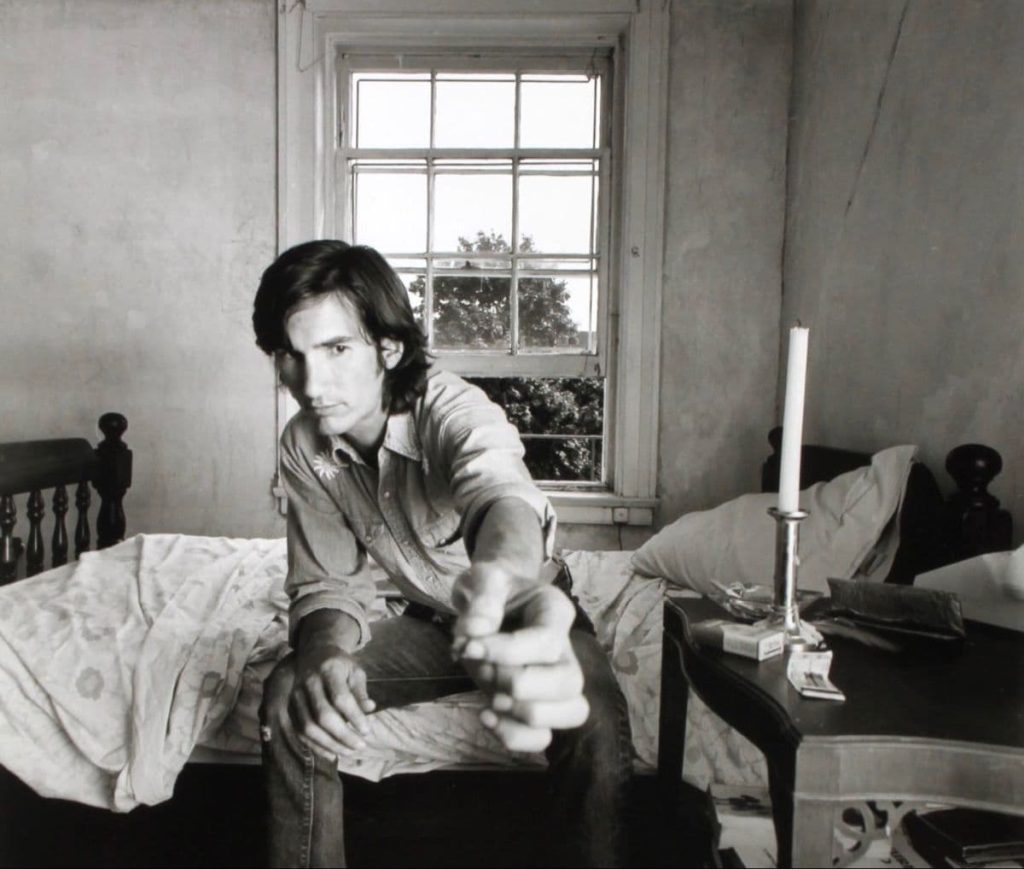
A Heartbreak Etched in Dust and Despair: The Unforgettable “Marie”
A stark portrait of poverty and the crushing weight of a life lived on the fringes, “Marie” is a haunting ballad that pierces the soul with its unflinching realism. When Townes Van Zandt and Guy Clark lent their voices to this devastating narrative, they weren’t simply singing a song; they were bearing witness to a forgotten corner of the American experience. While “Marie” was not a commercially charted single in the traditional sense, its enduring power within the folk and Americana canon speaks volumes, far exceeding any fleeting position on a pop chart. It became a staple, a touchstone, a raw and unvarnished testament to the struggles of those pushed to society’s margins.
The story behind “Marie” is as bleak as the song itself. Written by Townes Van Zandt, it’s a fictionalized account, yet one that rings with a profound authenticity. Van Zandt, a master of capturing the desolate corners of the human heart, drew inspiration from the lives of those he encountered on the road, the transient souls who lived in the shadows of the American dream. The song’s narrative centers on a woman, likely a homeless individual or someone living in extreme poverty, who dies in a fire. The lyrics are sparse, almost skeletal, but each word carries the weight of a life marked by hardship and neglect.
The meaning of “Marie” is not easily distilled into a single, neat phrase. It’s a lament, a cry against injustice, a meditation on the fragility of life, and a stark reminder of the human cost of societal indifference. The imagery is visceral: “Her body smoldered in the burning room,” Van Zandt sings, painting a picture that is both horrific and heartbreaking. The song forces us to confront the uncomfortable truths about poverty and the often-invisible suffering that surrounds us. It’s a song that lingers, a haunting melody that echoes long after the final notes fade.
For those of us who remember the era when folk music was a conduit for social commentary, “Marie” strikes a particularly resonant chord. It evokes a time when artists weren’t afraid to confront difficult subjects, to use their music as a platform for empathy and social awareness. Townes Van Zandt, with his weathered voice and unflinching honesty, became a bard of the forgotten, a chronicler of the downtrodden. Guy Clark, his dear friend and fellow songwriter, brought his own distinct gravitas to the song, his voice adding a layer of mournful depth.
While “Marie” never achieved mainstream commercial success, it found a home in the hearts of those who appreciated its raw beauty and unflinching honesty. It became a staple in the repertoires of countless folk singers and songwriters, a testament to its enduring power. It’s a song that transcends genre, a timeless piece of art that speaks to the universal human experience of loss, hardship, and the search for meaning in a world that often seems indifferent. For those who have lived a life seasoned by experience, “Marie” is not just a song; it’s a mirror reflecting the harsh realities of life, a poignant reminder of the fragility of existence, and a testament to the enduring power of empathy and compassion. It continues to be a profound and moving piece of art that reminds us of the power of storytelling through song, a story that deserves to be heard and remembered.